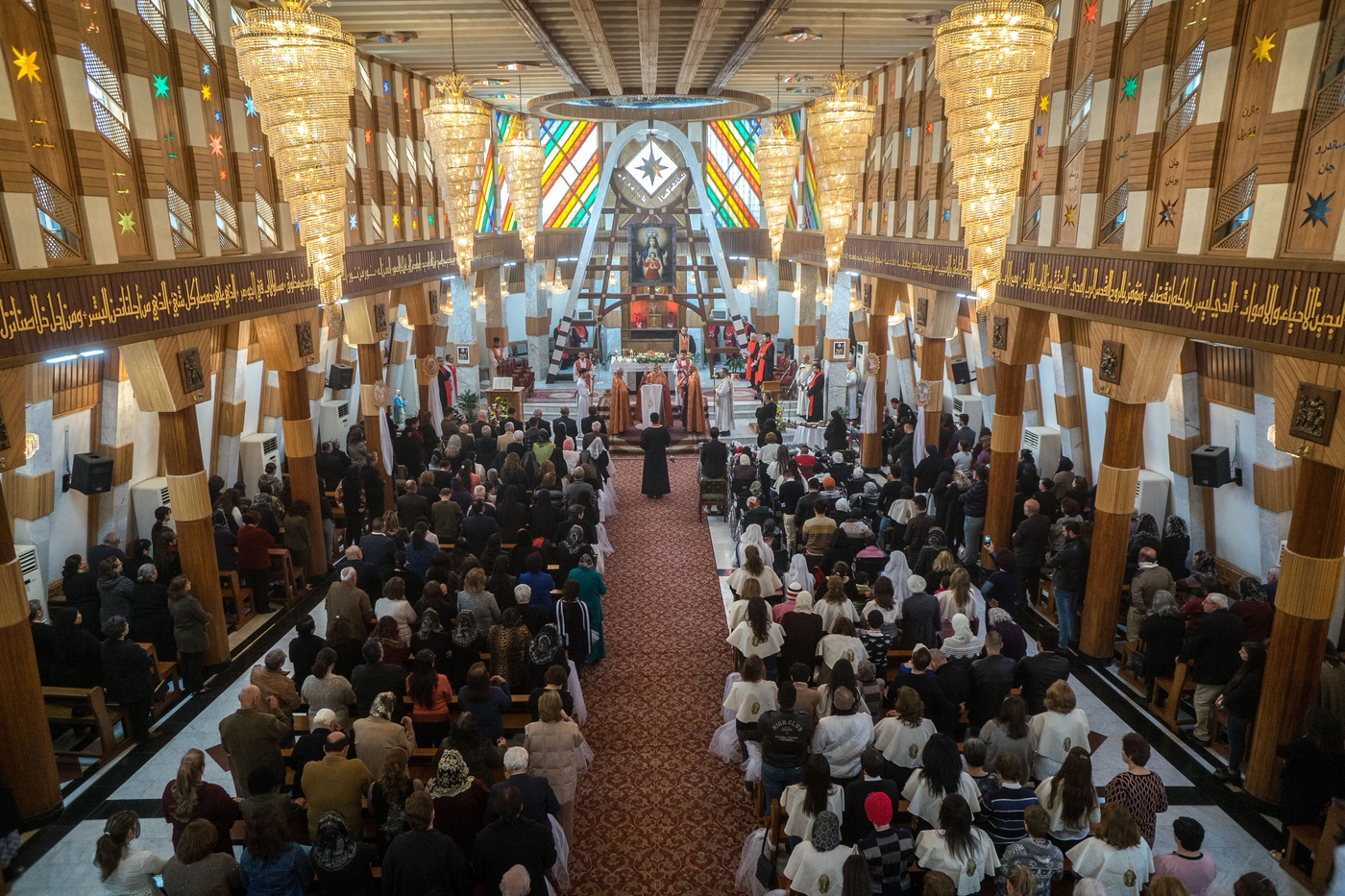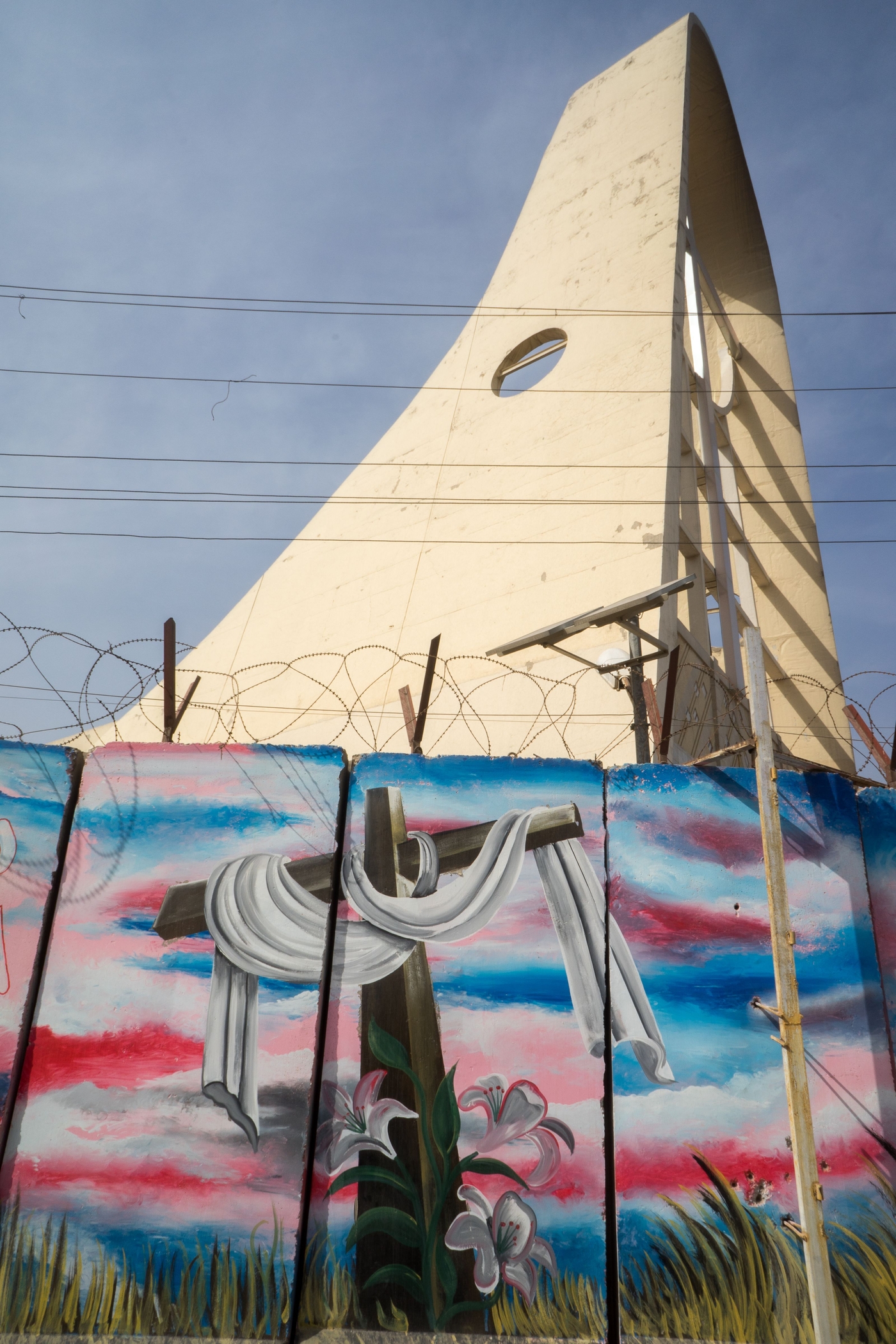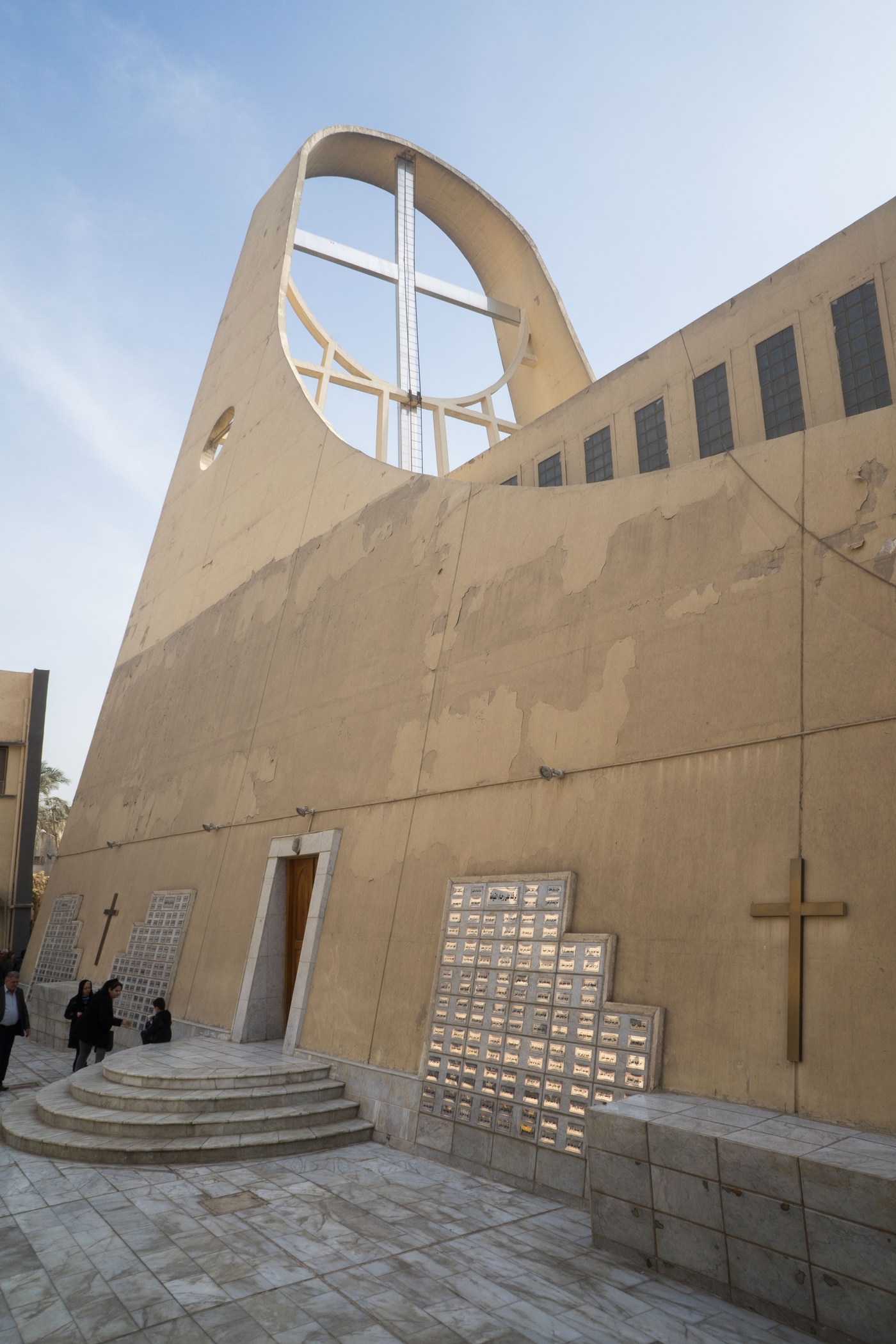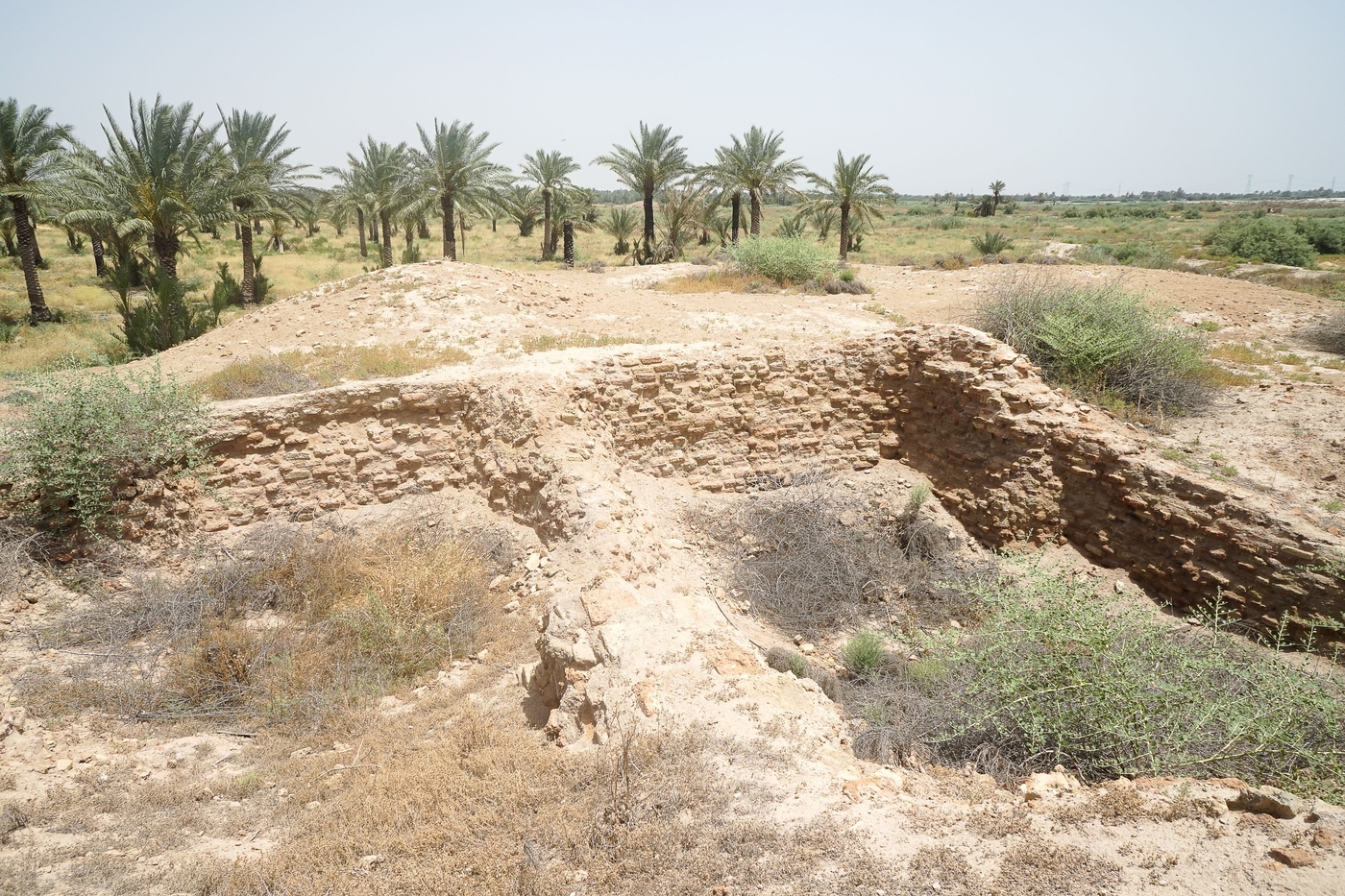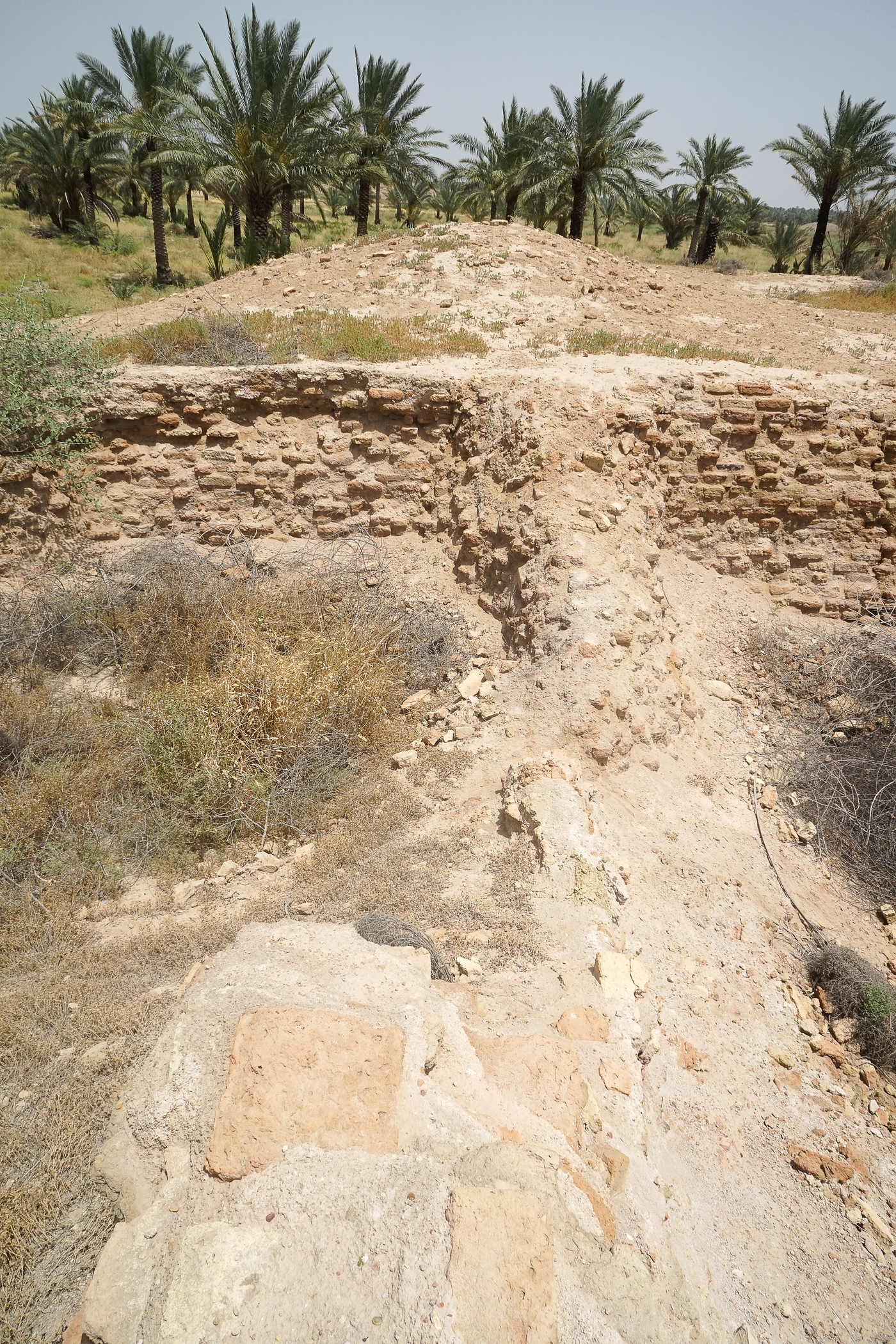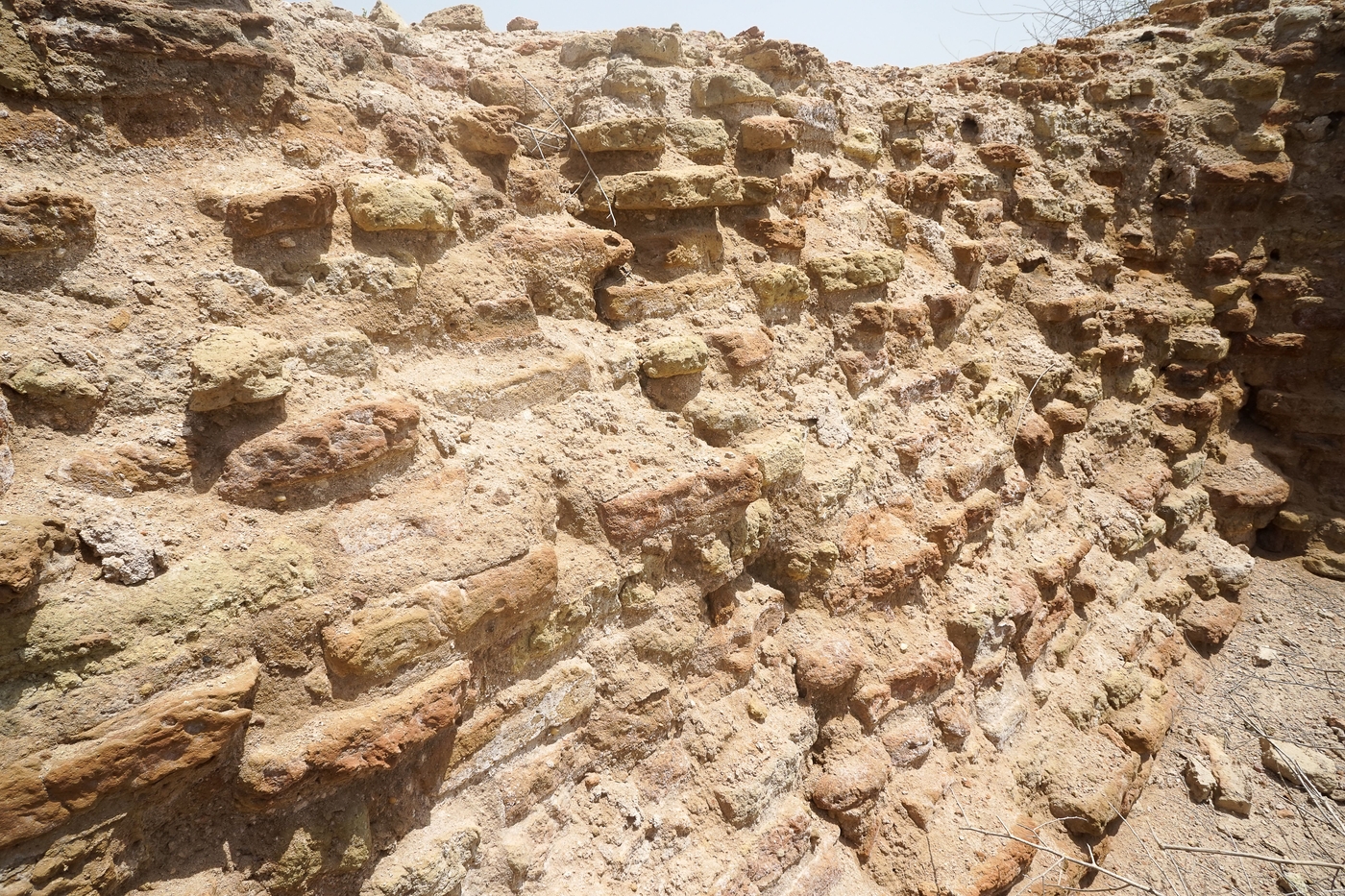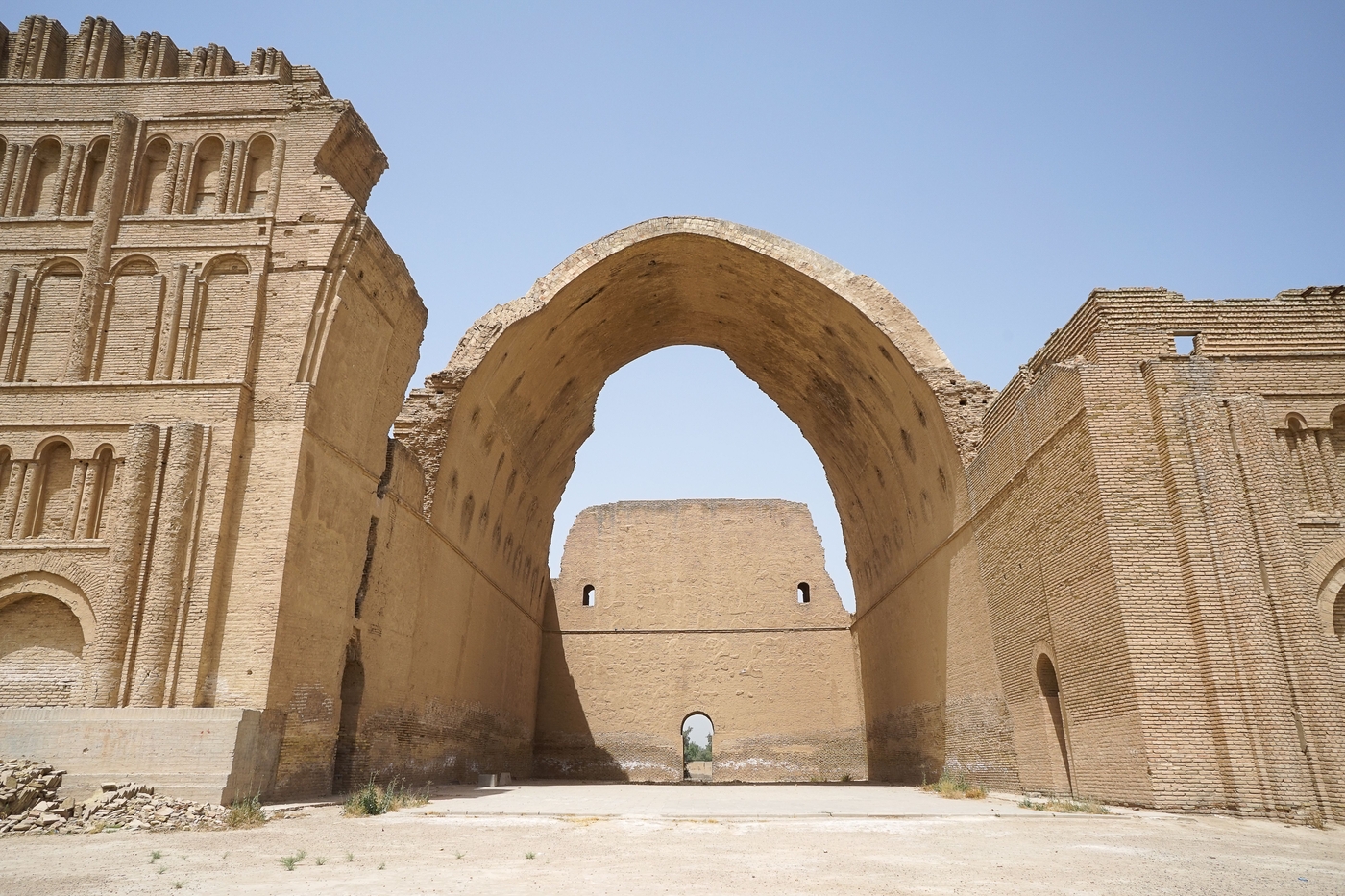Christian buildings in Baghdad
Mesopotamian Christianity was centred on Seleucia-Ctesiphon, on the banks of the Tigris, 32 km to the south of Baghdad, where according to tradition Saint Thomas stopped on his way to India. It was here, on a hill in the suburbs of Kokhe (nox Seleucia), that the first patriarchal see of the Church of the East was built, and where catholicos resided from 310 to 780.
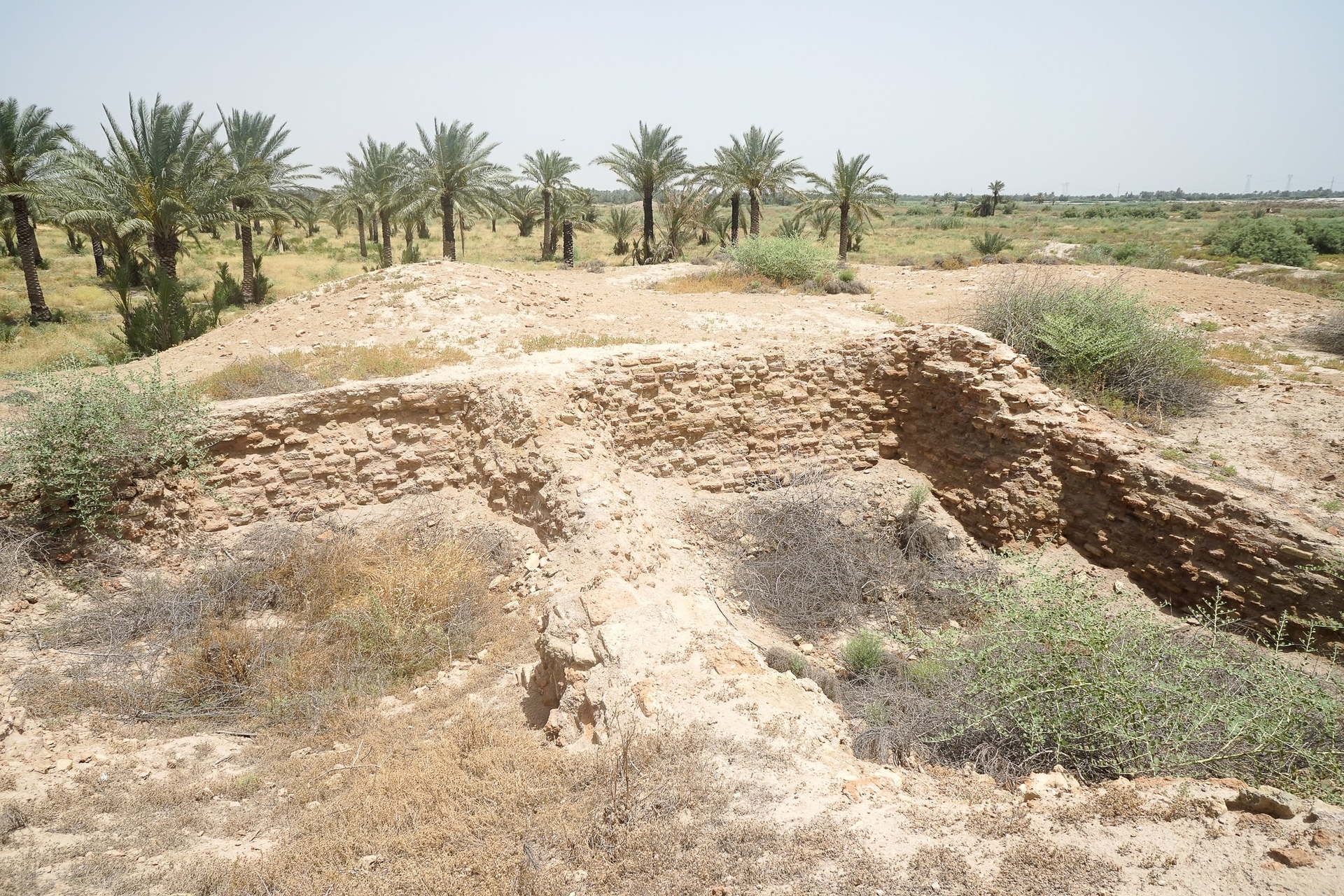
Kokhe was also the starting point for a large number of evangelising missions to Persia, the Arabian Peninsula, India and China, many centuries before the arrival of Catholic and then Protestant missionaries. The patriarchal see was transferred from Kokhe to Baghdad in 780. In the 21st century, the still-visible ruins of the church of Kokhe are priceless, both from a historical and a heritage point of view, and merit protection to prevent them from disappearing forever.
The Syriac-Catholic Cathedral of Sayidat-Al-Najatte
The Syriac-Catholic Cathedral of Sayidat-Al-Najatte (Our Lady of Salvation) in Baghdad is a reminder of the tragic history of Christians in Baghdad and Iraq. Built in 1968 in the modern neighbourhood of Karada, this cathedral resembles a boat, with the cross as the mast supporting a sail in the shape of an arch. The evangelical symbolism is clear: "Our church is a boat that holds a course through the oceans of the world," explains Monseigneur Pios Cacha, episcopal vicar of Syriac-Catholics in Baghdad.
Kokhe: first see of the Church of the East
Thirty-two kilometres to the south of Bagdad, in the district of Al-Madain, Kokhe stands at a major crossroads of history and geography. This Syriac Christian city was the successor to the ancient Greek city of Seleucia founded by Seleucus I, companion of Alexander the Great. Kokhe then passed under the control of Ardashir I, founder of the Persian-Sasanian dynasty in the first half of the 3rd century. It was renamed Veh-Ardashir. After the subsequent Arabisation of the region, it became Behrasir.
Shaped by Hellenistic and Persian influences, the emergence and development in Kokhe of Syriac-language Christianity represented a major cultural upheaval in their time, especially since “the Christians of the Arab world have been present in this region since the earliest days of Christianity" (source Élodie Bouffard and Raphaëlle Ziadé).
"According to tradition, Edessa played a central role in spreading the Christian message in the East, through the story of the three apostolic figures: Addai, Mari and Thomas" (source Françoise Briquel Chatonnet). Saint Thomas, an apostle of Christ, stayed in Seleucia-Ctesiphon on his way to India. Founder and first bishop of the Church of the East (its official name is the Holy Apostolic Catholic Assyrian Church of the East), Saint Thomas is also said to be the founder of the see of Seleucia-Ctesiphon (Kokhe). Following in the footsteps of Thomas, Mari and other disciples from Edessa came to Mesopotamia. They founded Christian communities and churches. This is how a Syriac Mesopotamian Christianity gradually emerged.
The Patriarchal see of the Church of the East, Kokhe, where catholics resided from 310 to 780, was also the point of departure for many evangelising missions to Persia, the Arabian Peninsula, India and China, centuries before the arrival of Catholic and then Protestant missionaries in the East. The patriarchal see was transferred from Kokhe to Baghdad in 780.
In the 21st century, the still-visible ruins of the church of Kokhe are priceless, both from a historical and a heritage point of view.


